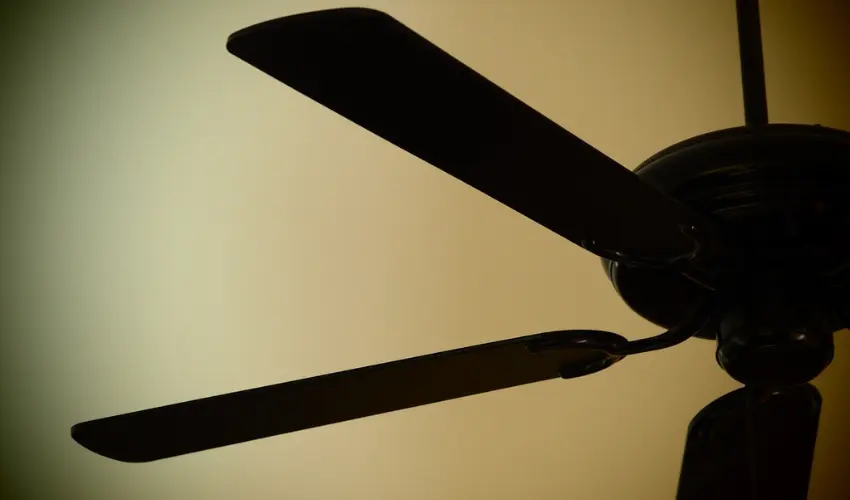Your cart is currently empty!

Key Factors to Consider When Choosing A Ceiling Fan
A well-chosen ceiling fan not only cools the home, but also makes a great decorative statement. When selecting a ceiling fan, several critical factors can help you choose the right one for your needs. Understanding these specifications will guide you in finding the perfect ceiling fan for your home and the season.
Understanding CFM
CFM, or cubic feet per minute, measures the volume of air a ceiling fan moves at its highest speed. It’s a key metric for assessing a fan’s airflow and overall performance.
To gauge a ceiling fan’s efficiency, divide its CFM by the wattage it uses. Higher CFM values indicate better efficiency, as the fan moves more air per watt of power consumed. Generally, a good ceiling fan will have a CFM starting at 4,000, while exceptional fans can exceed 6,000 CFM. For instance, a windmill-style ceiling fan might have a CFM of around 6,500, using about 34 watts, resulting in a highly efficient CFM per watt ratio of 192, delivering robust airflow.
Blade Pitch
Blade pitch refers to the angle of the fan blades. A flatter blade pitch, typically between 10 and 12 degrees, moves less air but doesn’t require a powerful motor to reach high speeds. At high speeds, a ceiling fan with a flatter blade pitch may wobble and still won’t circulate as much air as a fan with a steeper pitch. Conversely, blades with a steeper pitch (e.g., 14 to 15 degrees) can generate more airflow, but if paired with an underpowered motor, it can accelerate motor wear.
Number of Blades
The number of blades on a ceiling fan affects its performance and noise level. Fewer blades generally allow the fan to spin faster with the same motor power, but this can lead to increased noise as it circulates air. In modern fan designs, blade count matters less for residential applications and more for industrial uses. Residential ceiling fans typically feature between three to five blades. However, designs can vary significantly; for example, some brands offers fans with three blades for indoor use or up to eight blades for both indoor and outdoor settings. These fans are engineered for optimal performance through careful balancing and design.
Additional Considerations for Choosing a Ceiling Fan
Aside from factors above, consider these additional aspects when selecting a ceiling fan:
Energy Efficiency: Opt for fans with energy efficiency certifications to ensure lower energy consumption and cost savings on your electricity bill.Noise Level: If you plan to install the fan in a bedroom or office, noise level is crucial. Quieter fans enhance comfort and usability.Aesthetic Design: Ceiling fans are also decorative elements. Choose a fan that complements your room’s interior design to enhance the overall aesthetic.Remote Control Features: Many modern ceiling fans come with remote controls for easy adjustments of speed, light, and other functions, adding convenience.Installation Height: Ensure the fan is installed at the appropriate height, typically at least 7-8 feet from the floor, to maximize safety and efficiency.
Selecting the right ceiling fan can enhance comfort, improve air circulation, and contribute to energy savings in your home. Use these tips to find the ideal ceiling fan for your space and enjoy a better living environment.
Further reading:
How to lubricate ceiling fan light: https://epazotoi.com/how-to-lub….
How to choose a ceiling lamp: https://epazotoi.com/choose-ceiling….
The post Key Factors to Consider When Choosing A Ceiling Fan appeared first on Epazo Toi.

Leave a Reply